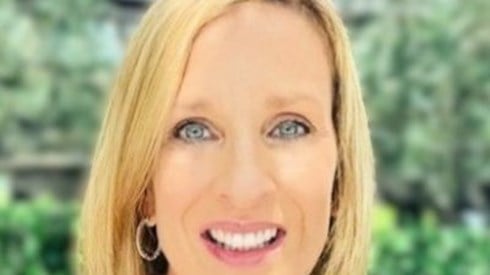A Captive Insurer Should Have Written Claims Handling Procedures

April 02, 2018

Two new Captive Thought Leader Videos featuring Lynn Sheils, senior vice president and general counsel of EWI Reinsurance, titled "Why Should a Captive Insurer Have Written Claims Handling Procedures?" and "What Should a Captive Insurer's Claims Handling Procedures Discuss?," have recently been added to the Captive.com library.
"Why Should a Captive Insurer Have Written Claims Handling Procedures?"
Ms. Sheils advises that the best practice for a captive insurer is to have written claims handling procedures. A captive is expected to act like a traditional insurance company. The captive is also expected to have consistency in how it handles claims, it needs to be prepared for claims disputes, and it needs to demonstrate that it has strong claims handling procedures and that these procedures were followed. Written procedures cause the captive to contemplate all of its needed claims handling resources. Procedures also motivate the captive to think about what type of claims data it will capture.
"What Should a Captive Insurer's Claims Handling Procedures Discuss?"
A captive insurer's claims handling procedures should discuss all stages that are in the life cycle of a claim according to Ms. Sheils. The life cycle stages include how notice from parent to captive and notice by captive to excess insurers and reinsurers will be handled, investigation standards, coverage evaluation, reserving approach, and claim closure philosophy.
The claims handling procedures should include the protocol for educating the parent company when noticing claims to the captive. The captive should also have procedures on when it notifies excess insurers and reinsurers of claims. The investigation should be the standard investigation of a traditional insurer. Likewise, in evaluating coverage, the captive should act like a traditional insurance company. Reserves need to be set early, and they need to be accurate. Finally, the captive owner's (parent) handling of claims philosophy should be reflected in how claims are brought to closure.
This section of the site currently features 76 short educational videos by 14 captive insurance experts. Among the topics covered in the 1–3-minute videos are runoff transactions, micro-captives, tax issues, captive feasibility, captive domicile selection, choosing an auditor, captive management, group captives, healthcare captives, risk pooling, common myths about captives, how to manage a captive efficiently, what makes a captive successful, and benefits in captives.
Each of these captive insurance thought leaders has decades of broad experience with captive insurance companies, and they freely share their expertise in the videos. This constitutes a wealth of information on captive insurance fundamentals that will be especially valuable to newcomers to captive insurance. By watching one or two of these informative videos each day for a month, you will hone your knowledge of captive insurance fundamentals and trends.
There is no cost to view the videos, and you will find them in the Captive Thought Leader Videos section of Captive.com. More videos will be added in the future.
April 02, 2018